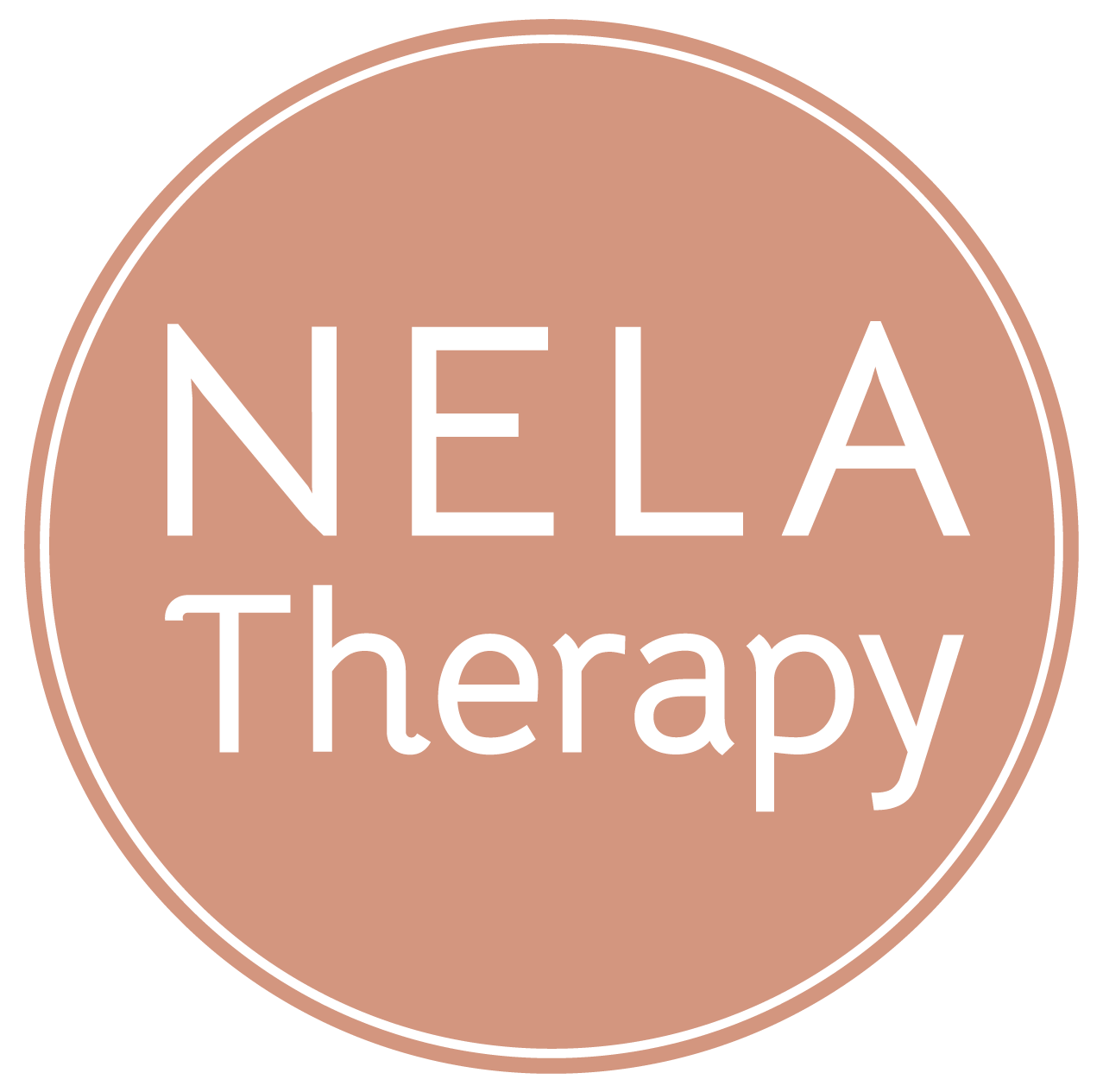The Healing Arts
The arts - painting, sculpture, music, theater, literature, and much more - are an essential part of our daily lives, even if we’re not always aware of its presence. For so many of us, the arts provide a safe, meaningful, and productive outlet to express ourselves where words may often fall short. Therefore, it is not surprising that its popularity has grown as a therapeutic practice over the last few decades. Since it’s conception, Expressive Arts Therapy has been shown to be effective in treating mental health issues across a wide variety of populations and age groups.
As a child diagnosed with ADHD and multiple speech impediments, I often felt a sense of “otherness” when around my peers. I wasn’t ever sure where I fit in, and was always wondering if my classmates were secretly making fun of me every time I opened my mouth. My parents were told that I struggled with “discipline and impulse control issues” I now realize were triggered by my anger, frustration, and sadness of feeling misunderstood by the people around me.
There were very few places where I felt I could truly express myself and feel accepted. However, I found myself repeatedly gravitating towards music and theatre as a source of comfort. It was within this community that I felt safe and free to be who I was through singing, acting, and working behind the scenes. I finally felt seen and understood by my peers. Since the beginning of my journey working in mental health, I longed to be able to merge my passions and bring creativity into my therapeutic practice with the goal of helping others the same way it helped me.
For the last decade, my work as a children’s theatre instructor has confirmed and validated my own experience growing up. Drama is so much more to my students than simply learning lines and blocking. They’re creating a community, building confidence, and learning how to work together as a team. This outlet for emotional expression and creativity instills a powerful bond that says: “We created this together, and it is uniquely our own.”
What is Expressive Arts Therapy?
“The term expressive arts refers to any combination of dance, writing, visual arts, drama, music or other creative outlets. Expressive arts therapy is taking these modalities and using them to enhance individual development and growth.” (Georgetown Behavioral Health Institute, 2016)
I gravitate towards creative arts interventions to provide new ways for clients to express themselves when I feel we’ve hit a wall, or words simply aren’t enough. Allowing the use of expressive arts in a therapeutic setting lets our clients know that they have a say in what their journey to healing will look like.
Expressive Arts Therapies has been shown to be effective in many areas, including:
Improving self-esteem
Strengthening relationships
Regulating emotions and behaviors
Advancing social skills
Processing trauma
Practicing effective communication
There are a wide range of expressive arts modalities, and endless possibilities when it comes to interventions. These techniques are a way to assist clients in their journey towards self-expression while highlighting their strengths and allowing their unique personality to shine.
Check out demonstrations of various interventions from the most popular types of Expressive Arts Therapies:
Visual arts: Activities including (but not limited to) painting, drawing, and sculpting.
Dance/Movement: Utilizes exercise such as yoga or various types of dance as a physical outlet.
Writing: Includes journaling, freeform writing, storytelling, or poetry
Music: Listening to or creating music through instruments or your own voice
Drama: Uses play acting to tell your story through an experiential lens, or allows you to channel your emotions through another’s story
References:
Georgetown Behavioral Health Insititute. (2016, August). Benefits of expressive art therapy for children.|Georgetown Behavioral. Retrieved from https://www.georgetownbehavioral.com/blog/expressive-art-therapy-for-children.
Katelyn Fike, LMFT
Licensed Marriage and Family Therapist
LMFT 147319
Learn more about her in her bio or follow her on instagram @katelyn_nelatherapy.




